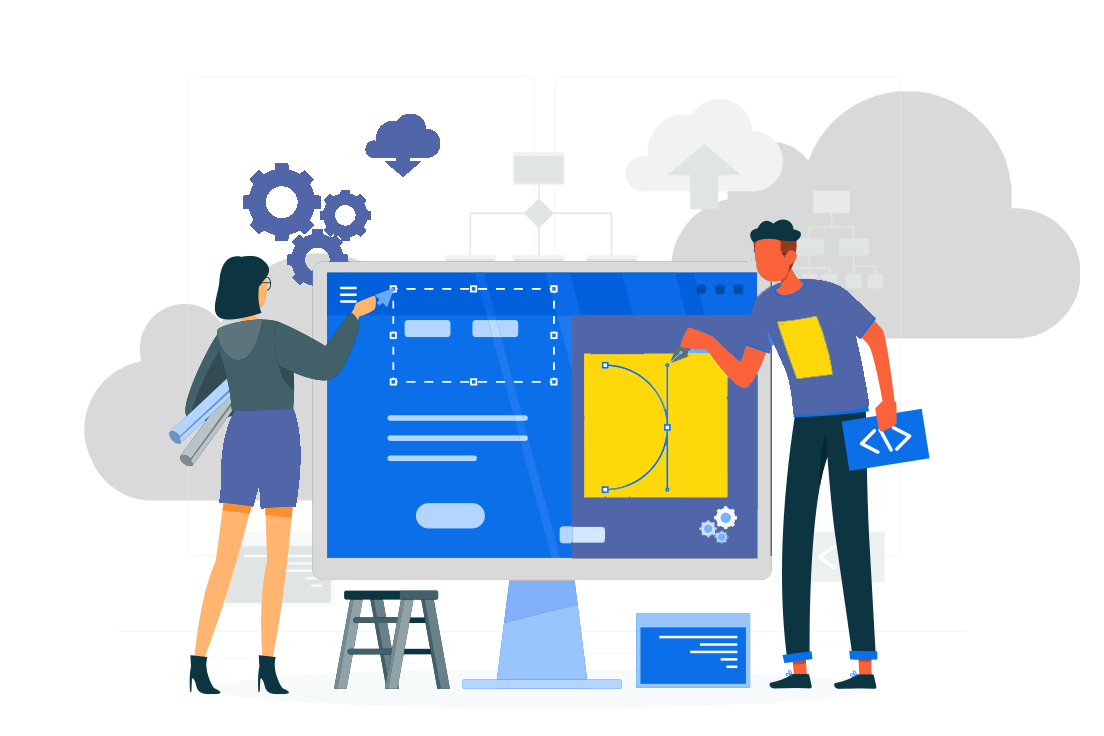
Building a website involves several steps, from planning and designing to launching and maintaining. Here's a step-by-step guide on how to build a website:
1. Define Your Website's Purpose and Goals:
Identify the primary purpose of your website. Is it for personal blogging, showcasing a portfolio, selling products, providing information, or something else?
Set specific goals for your website, such as attracting a certain number of visitors, increasing engagement, or generating sales.
2. Choose a Domain Name and Hosting:
Choose a domain name that reflects your website's purpose and is easy to remember. Ensure it's available for registration, you can search for available domain names here.
Select a hosting provider that suits your needs. Consider factors like server performance, customer support, and scalability, we provide a range of hosting solutions that include the highest server specifications as standard, and a very important feature of all our shared hosting plans is we allocate guaranteed resources to each customer so the service never runs slow during peak periods
3. Select a Website Platform:
Decide whether you'll use a website builder (Weebly, website builder etc) or a content management system (CMS) (e.g., WordPress, Joomla). Website builders offer user-friendly drag-and-drop interfaces, while CMSs provide more flexibility and customization options.
4. Design and Develop Your Website:
Choose a template or theme that matches your website's style and purpose. Customize it to reflect your brand identity.
Create and organize your website's content. This includes text, images, videos, and any other relevant media.
Arrange your content in a visually appealing and user-friendly layout. Ensure a consistent design across all pages.
Customize your template or theme to make it unique. Adjust colours, fonts, and other design elements to match your branding.
5. Optimize Your Website:
Ensure your website is responsive, meaning it adapts to different screen sizes and devices.
Optimize your content for search engines by using relevant keywords, meta descriptions, and header tags.
Optimize images and other media to improve your website's loading speed. Faster loading times enhance user experience and SEO.
6. Test Your Website:
Before launching, preview your website to check for design inconsistencies, broken links, and other issues.
Test your website on various web browsers (Chrome, Firefox, Safari, etc.) to ensure compatibility.
7. Launch Your Website:
Connect your domain name to your hosting server using DNS settings.
Make your website live by uploading your files to the hosting server.
8. Promote Your Website:
Share your website on social media platforms to attract visitors.
If applicable, send out emails to notify your audience about the new website.
9. Maintain and Update:
Keep your website's content fresh by adding new posts, updating information, and adding new products.
Use analytics tools to track visitor behaviour, traffic sources, and other important metrics.
Regularly update your website's software and plugins to maintain security.
Creating a website is an ongoing process. Regularly update content, monitor performance, and gather user feedback to ensure your website remains effective and relevant.
Our shared hosting plans are designed to be the lowest cost entry level hosting with premium features, if you prefer more help with the tech side, our WordPress plans provide a fully managed service so you can get on with building your business and we make sure everything else runs along in the background.
